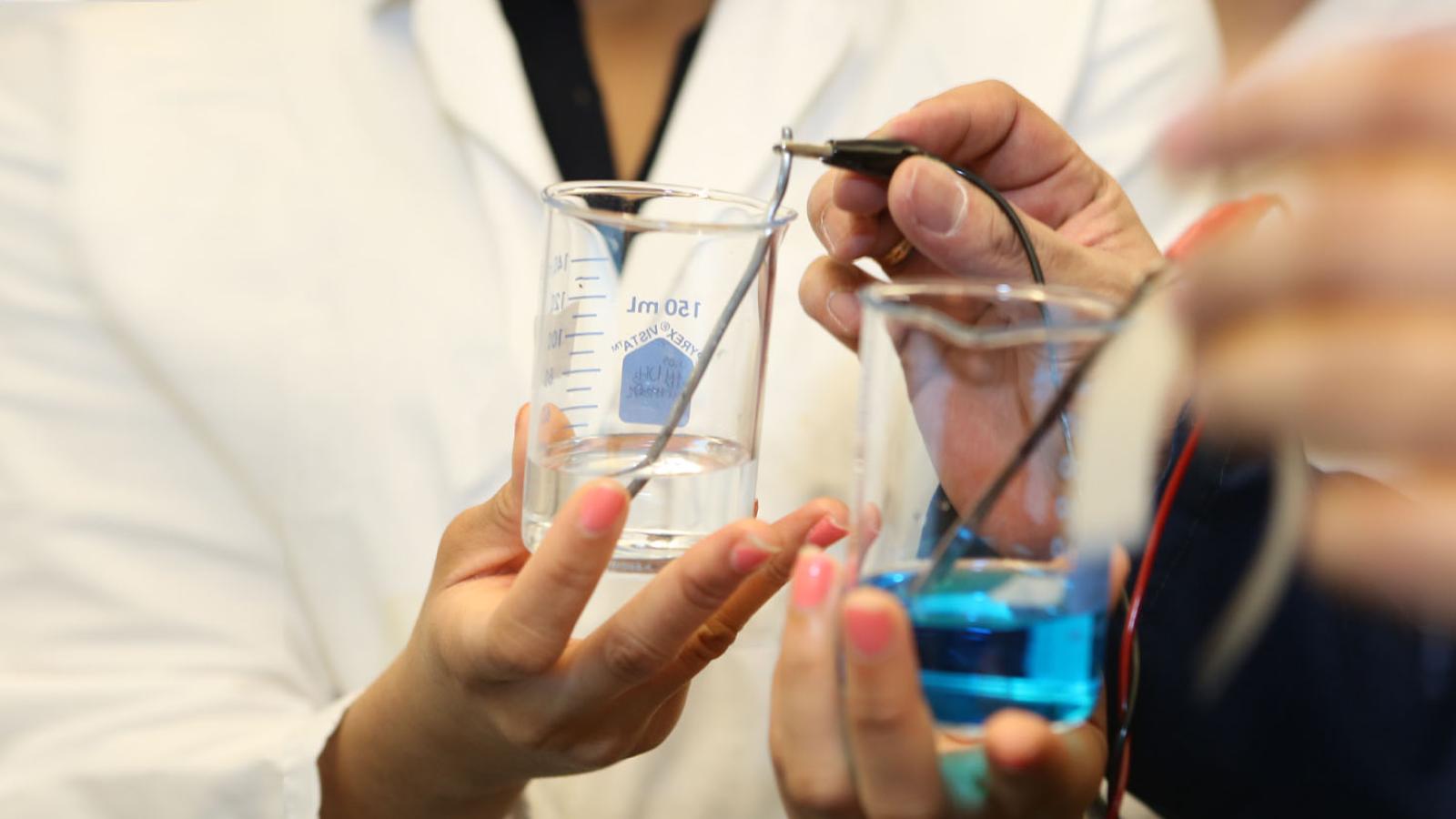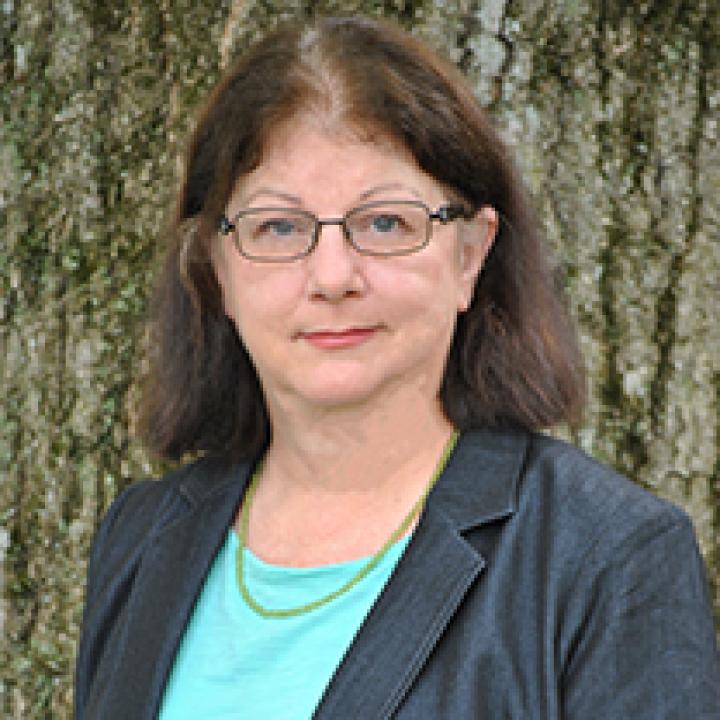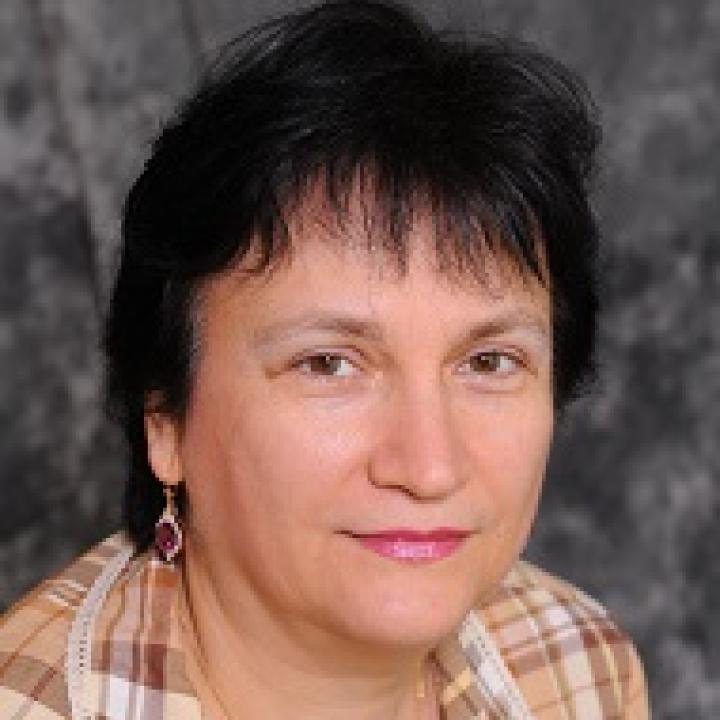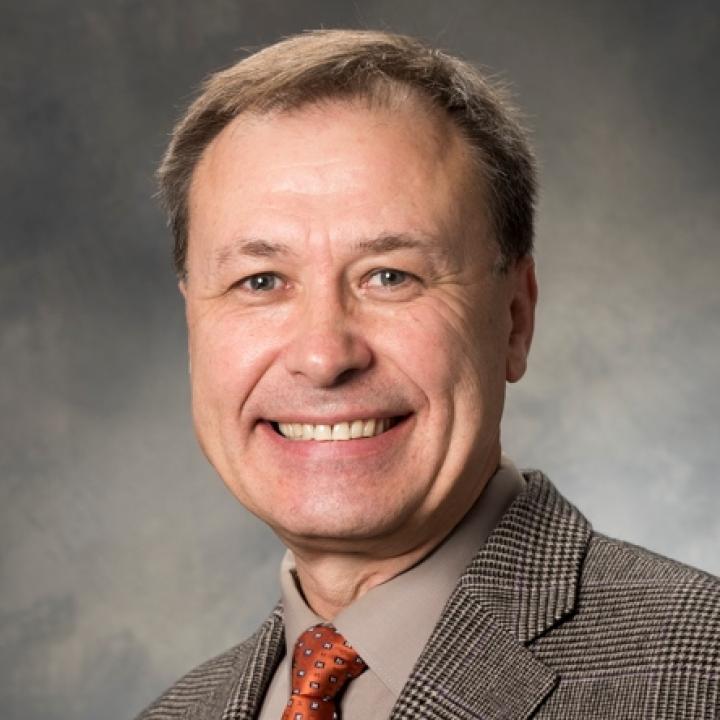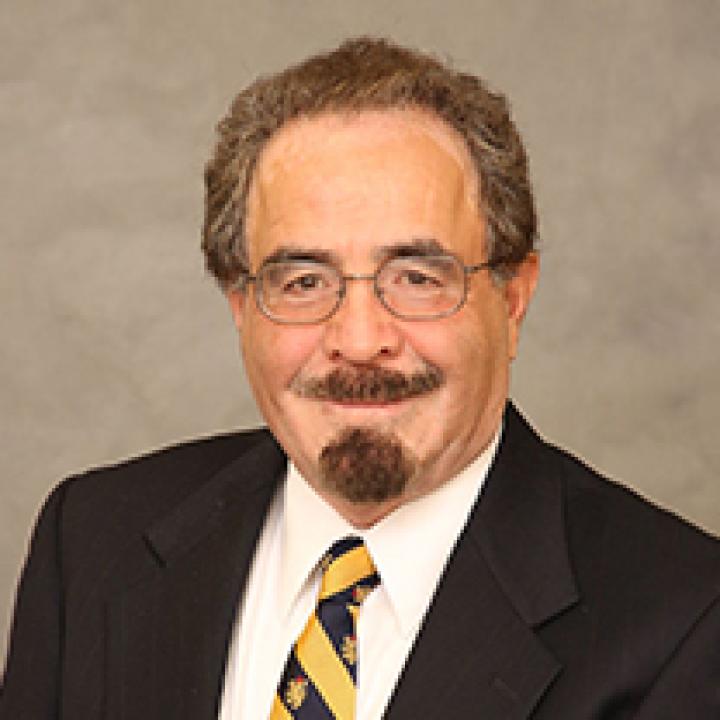Remediating Interior Building Surfaces Contaminated by Methamphetamine
Research has the overall goal of determining the best way to remediate clandestine methamphetamine labs (“Clan Labs”). After the discovery of a Clan Lab, removal of the gross quantities of hazardous materials is carried out by first responders. Afterwards, cleanup (remediation) must be carried out by property owners. Remediation costs can range anywhere from $30,000.00 to $300,000.00. Sometimes, demolition is chosen, rather than remediation. An understanding of the physico-chemical factors that are important for effective cleansing of interior building surfaces is desired, especially if such understanding ultimately leads to lower costs of remediation. This project requires a manifold approach. Reproducible methods for applying to and then recovering materials from typical surfaces found in buildings are being developed. The chemistry of effective cleansing agents is also being explored. Methamphetamine model compounds (surrogates) are used in these studies.
Drug Discovery and Development
Modern trend in drug development is targeting a whole genetic program rather than just one protein/enzyme/receptor relevant to a particular health issue. Hypoxic and oxidative stress are unavoidable components of acute and chronic injury to any tissue and organ. The most dramatic impact of hypoxic and oxidative stress is observed in ischemia-reperfusion injury, trauma, radiation-induced damage, chronic inflammatory and degenerative processes, with neurodegeneration in particular. This established fact drives the search for preventive and treatment approaches aimed at activation of intrinsic genetic programs that trigger hypoxic or/and antioxidant response to restore normal homeostasis at the cellular level. The primary targets of our research are transcription factors that are established as master regulators of hypoxic (HIF – hypoxia inducible factor) and antioxidant (Nrf2) response genetic programs. Nrf2 activators are considered as “magic bullets” for all diseases where oxidative stress is a major driver of cellular and organ malfunction. Using proprietary cell-based reporter assays based on the stable production of fusion proteins of the corresponding transcription factor with firefly luciferase, we perform screening and characterization of novel activators of these intrinsic genetic programs as well as identification of these activities (as side effects) in the action of well-known drugs and biologically active supplements. The advantage of the fusion reporters permits both identification of potential drug candidates and elucidation of their potency, mechanism of action and toxicity. The primary interest is in the field of drug development for chronic neurodegeneration such as Parkinson’s and Alzheimer’s diseases.
Biophysical Chemistry
The interdisciplinary and bionanotechnology oriented physicochemical research laboratory has been established in Dyson Hall. The general research direction of the lab is to model natural biochemical reactors using a combination of polymer network and lipid bilayer within artificial membrane/hydrogel system (lipobeads) with controlled properties. In particular, we study natural (bacterial spore) and synthetic (hydrogel) ionic reservoirs, mechanobiochemical systems with ability to convert environmentally sensitive mechanical energy into biochemical energy of living processes. The current focus of the lab is to encapsulate anticancer drugs into lipobeads and develop a platform for the targeted chemotherapy with superior tumor response and minimum side effects even at a greater loading concentration by reaching and killing the targeted malignant cells without healthy cells being affected.
BS in Pharmaceutical Sciences Program. Program Director
Bio-Analytical Chemistry and Biosensors
A successful integration of a conducting transducer and a bio-molecular recognition (e.g., enzyme, antibody, tissue) should lead to a most exhilarating electron transfer phenomenon that can be probed toward the assay of key in-vivo/ex vivo/in situ metabolite concentrations and, or their mechanistic investigations. Broadly called Biosensors aka bio-electro-analytical chemistry, and as evident by its proliferation of published scholarships, patents and technology transfers of the past few decades, this exciting discipline is poised to immeasurably impact the monitoring of key ultra-trace substances of clinical, environmental, forensic, industrial, or medical significance in complex matrices. Hence, the concept of implantable array of such micro-sensors coupled with pharmaceutical micro reservoirs to monitor the levels of key metabolites for optimal homeostasis in human body, is not any longer a science fiction but rather, a pleasant reality attainable on the horizon!
Department Chairperson
